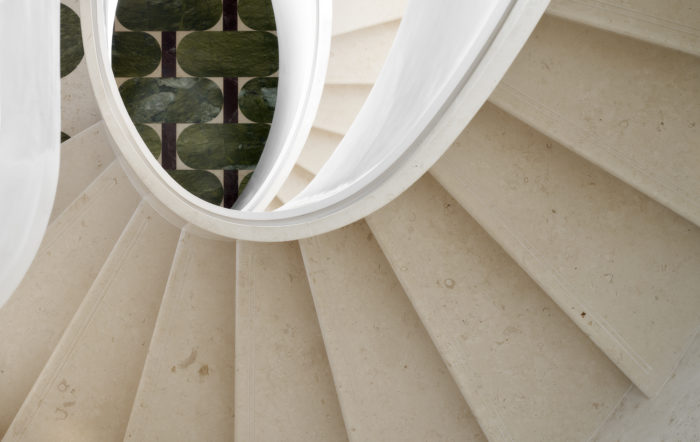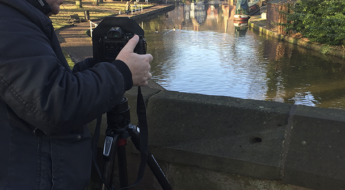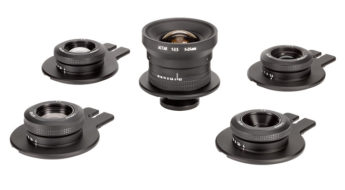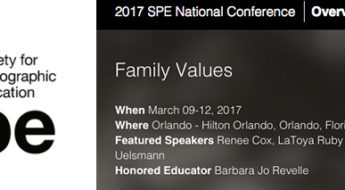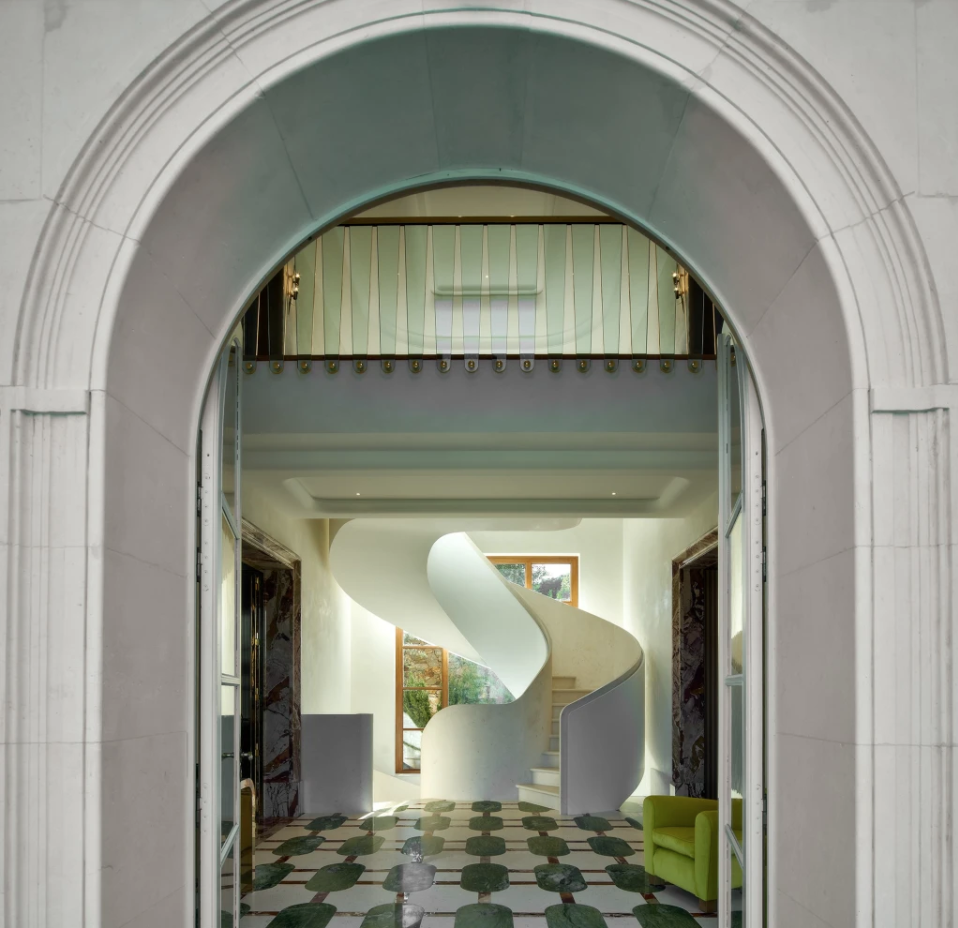
An article in one of the larger Dutch papers a few weeks ago: “World’s most expensive stairway in French villa built in The Netherlands.” An article like that is useless without pictures and the accompanying photographs do justice to the builder’s craftsmanship and quality standards. It’s also obvious that the commissioned photographer knows how to visualize his client’s work. Hans Morren has been working for EeStairs – builder of the prestigious staircase – for many years. Their assignments have sent him all over the world. Hans values their cooperation a lot, not in the least because every staircase he photographs is a one-of-a-kind.
We actually used one of Hans’ photographs to promote the Actus a couple of years ago. It’s this staircase inside the Akzo Nobel office, shot with the Actar-24 lens and a Sony A7.
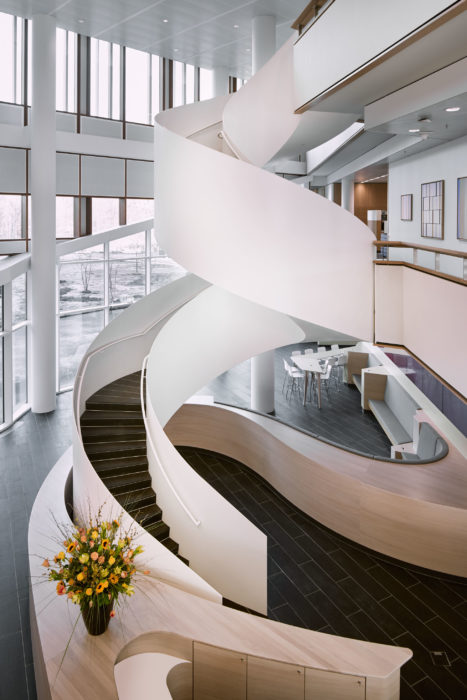
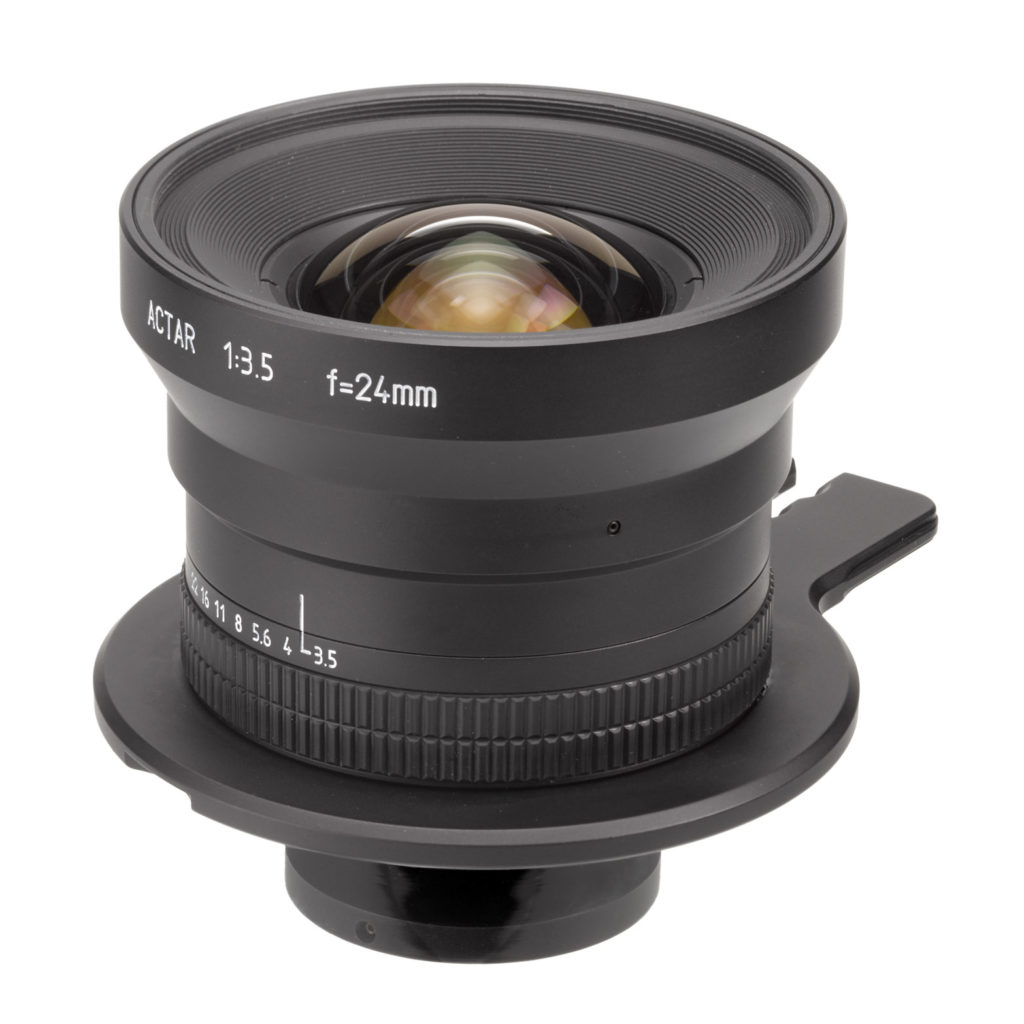
Hans approached us shortly after the introduction of the Actus. His Mamiya-ZD was becoming a bit long in the tooth and he wanted to replace it with a modern mirrorless camera body, with the option to use it as a digital back behind a view camera. The Actus ticked all the boxes. He’s now been using his Actus/Sony combination for six years and the Sony is hardly ever used without the Actus. When shooting a staircase on location the space to maneuver around the object is often limited. Camera adjustments are crucial in those situations.
Hans’ architecture and interior assignments bring him all over the world. But he enjoys working in the studio and the kitchen just as much. In fact, the mixture is crucial to him. The studio work he does is rarely pure product photography but rather the visualization of ideas and thoughts. This brought him such diverse assignments as (classical) record covers, annual reports, book and magazine covers and cook books. An impressive series of cook books. And still Hans doesn’t consider himself a food photographer. As a well-known publisher once told him: “You create wonderful books, but I wouldn’t know how to classify them”. A series of – now eight – cook books was created in cooperation with Roelf Holtrop, a medical doctor and long-time friend with whom he shares a passion for Italian food. Roelf wrote the recipes and text. Hans did not photograph dishes, but made photographs to illustrate the process of creating fine food. He and his wife Liesbeth also took care of the graphic design.
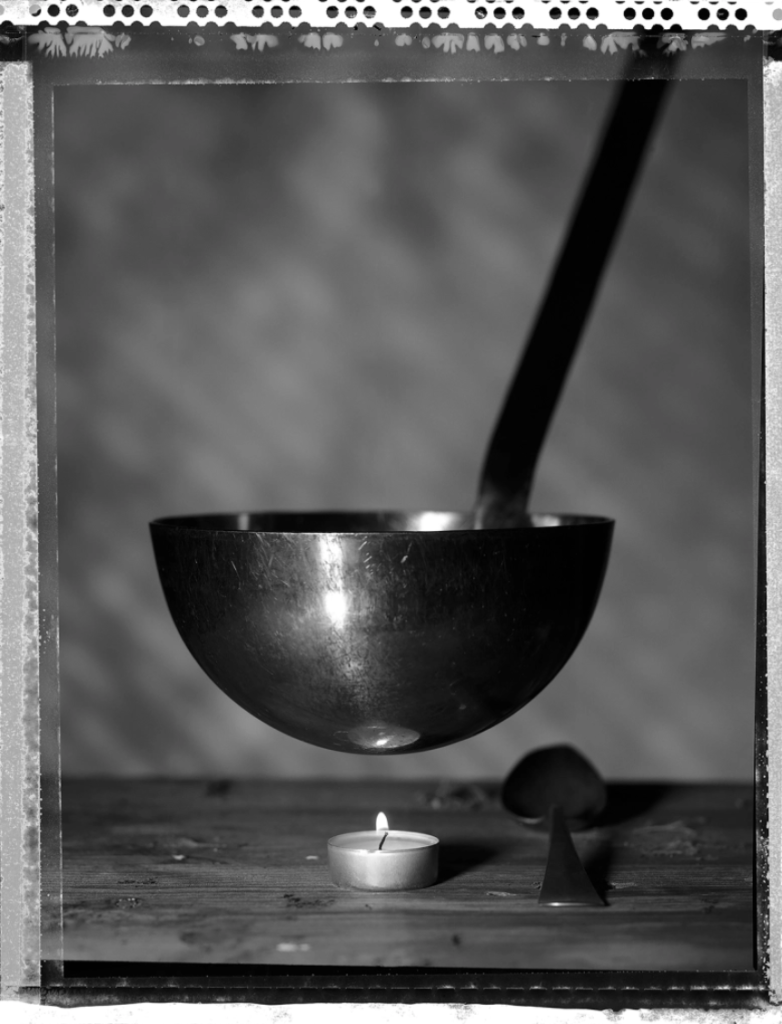
From La Cucina Povera (Poor Man’s Kitchen). A “cook book for hard times”, as Roelf Holtrop and Hans Morren called their joint effort. It covers the cuisine of the southern part of Italy and is all about wholesome food made with simple (and inexpensive) ingredients.
The ladle serves as a pan and a soup bowl at the same time. The tea light needs to keep the dish warm
Shot on Polaroid 55 material.
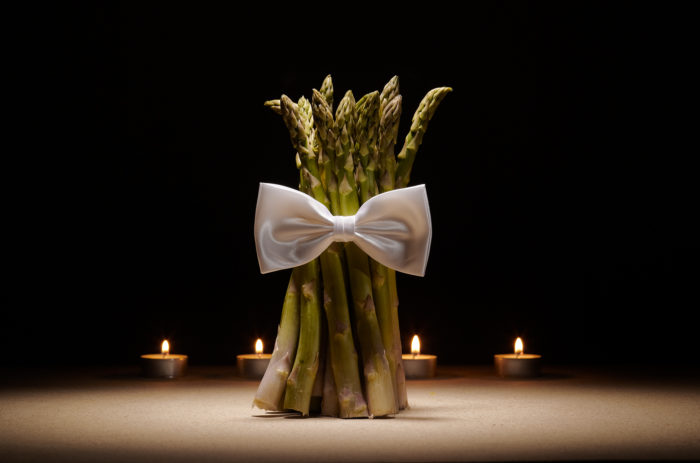
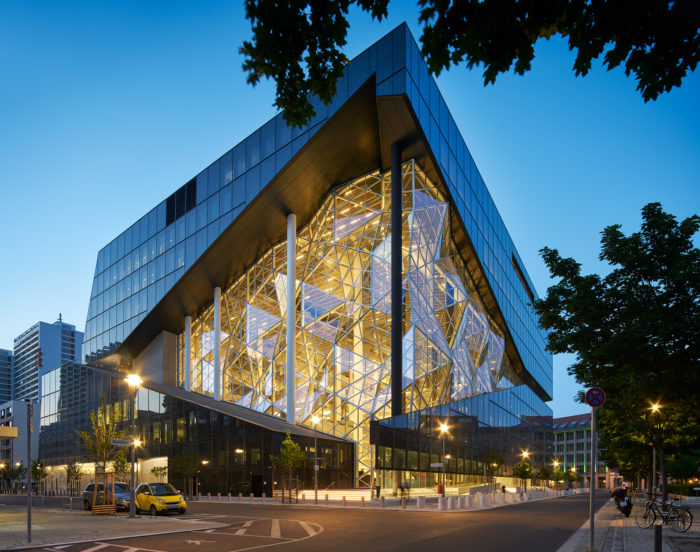
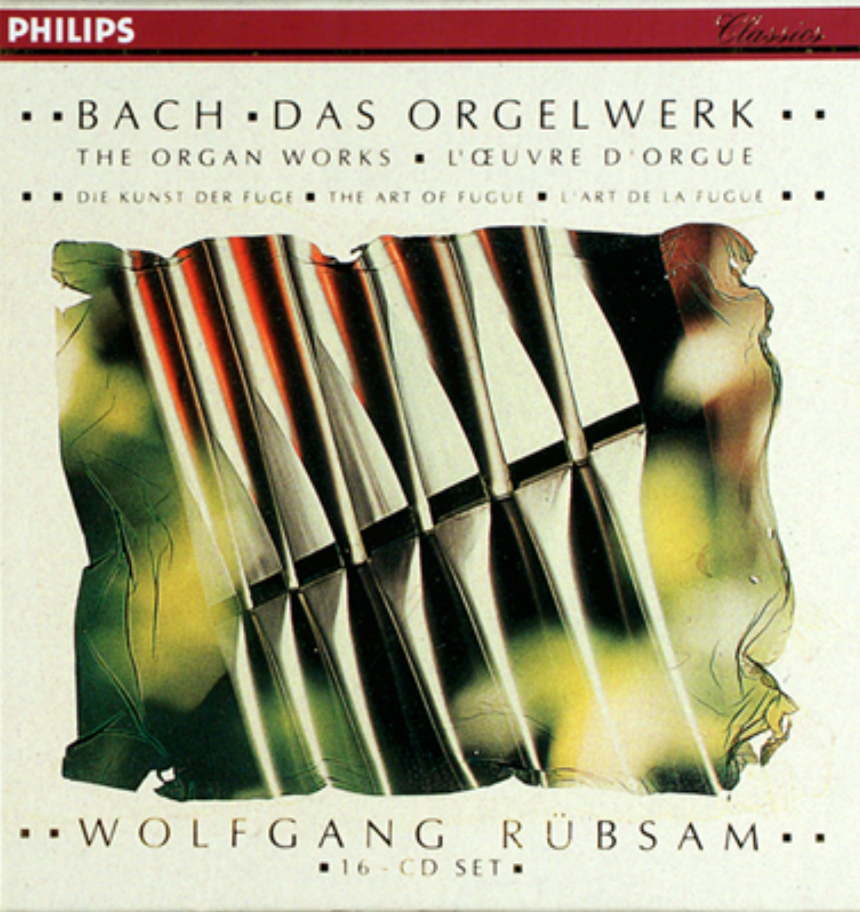
More about Hans Morren


